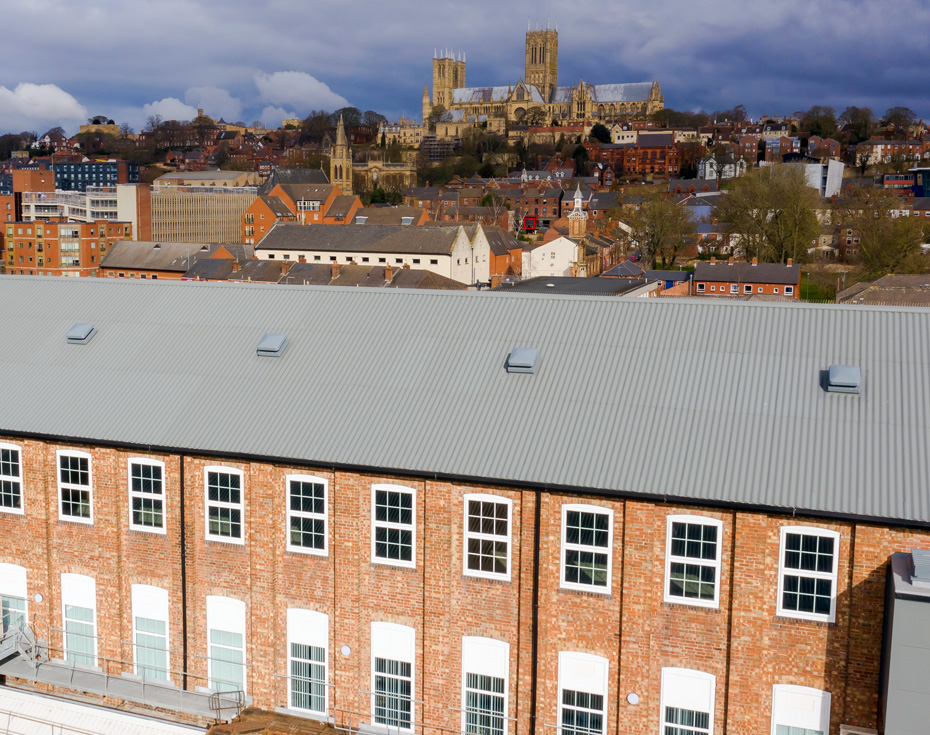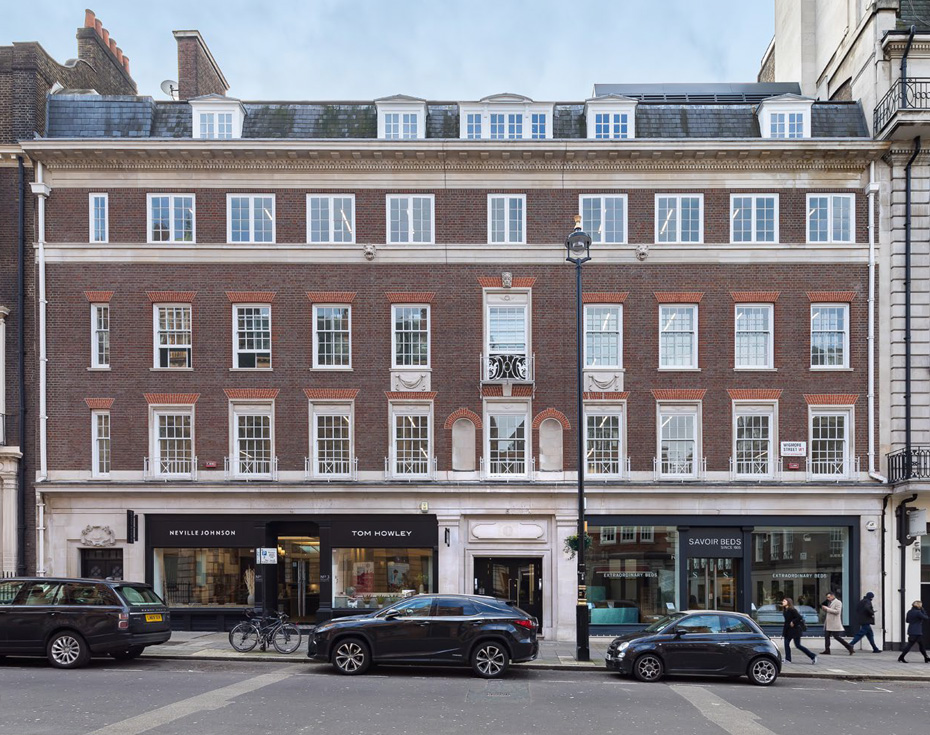In the Media: North West Business Insider speaks to Martin Hunt about creating effective space for SMEs
Office | Martin Hunt | 31 January 2017Savvy businesses are often the most reactive to change. North West Business Insider investigates the demands of the smaller occupiers and the improving offering for collaborative, commercial environments.
Clever landlords can make the most of co-working trends for SMEs
What started as avant guard – Google’s office slides, cinema rooms and staff scooters – has started to become part of every commercial designer’s tool kit. No longer are pods, break-out areas, shared spaces and cool communal facilities simply the remit of the big corporates with the money to pay for their own remodel.
Smaller businesses are coming together like never before, as the growth of co-working offices has well and truly hit the mainstream. Redesigning existing office spaces to meet the expectations of these occupiers, therefore, should be on the agenda for many landlords.
Far from being a costly investment, reworking a premises for the communal working model can in some cases be more cost effective than a traditional refurb. Where a 10-suite building might need 10 small kitchens and numerous partition walls, a co-working space would benefit from a single large shared coffee facility and a more open plan layout. Very simply, this requires less infrastructure and plumbing. Similarly, the prevalence of WiFi – crucial for informal working – demands less cabling throughout the floorplate than desktop PCs.
Previously unloved entrances and corridors can be re-imagined as informal meeting spaces to create opportunities for people to interact, not just pass through. This refurb could be as simple as a new lighting scheme, decoration and furniture, but could make the space infinitely more welcoming.
And inclusion of a café could invite the opportunity to install an external operator, thereby increasing the value of a space which may previously have been simply passed through. All of these changes clearly have the intention of making the building more attractive to prospective tenants, and hopefully more valuable. The focus on layout and amenity is also worthwhile considering, as is the increasing importance of the wellbeing agenda, a certifiable set of criteria for creating excellent work spaces.
Reducing risks for landlords
These more vibrant collaborative spaces full of start-ups and SMEs are could also be viewed as less of a risk for landlords than the traditional ‘gold standard’ of the large bluechip tenant with a lengthy lease and good covenants – many of which left large, expensive vacancies when they downsized during the recession. Those SMEs which grow will need more space and may well prefer to remain in their collaborative environment with the like-minded network they have built around them. And, if they do move or fold, the smaller spaces are likely to be much easier to prepare for re-letting than a whole floor or building which has been occupied for a decade. The flexible terms of such office space also allows a business to react to its space demands through the business cycle and not tie up capital in oversized traditional office space in anticipation of growth.
The full article appears on page 43 of the January 2017 edition of North West Business Insider.










